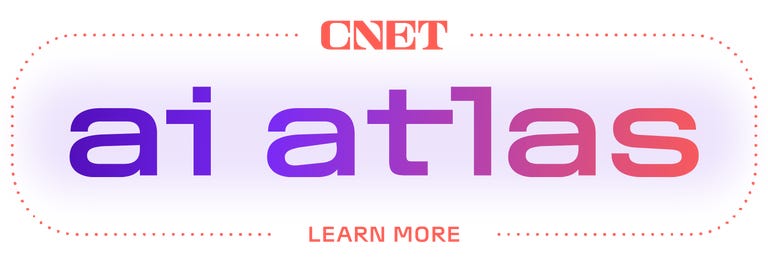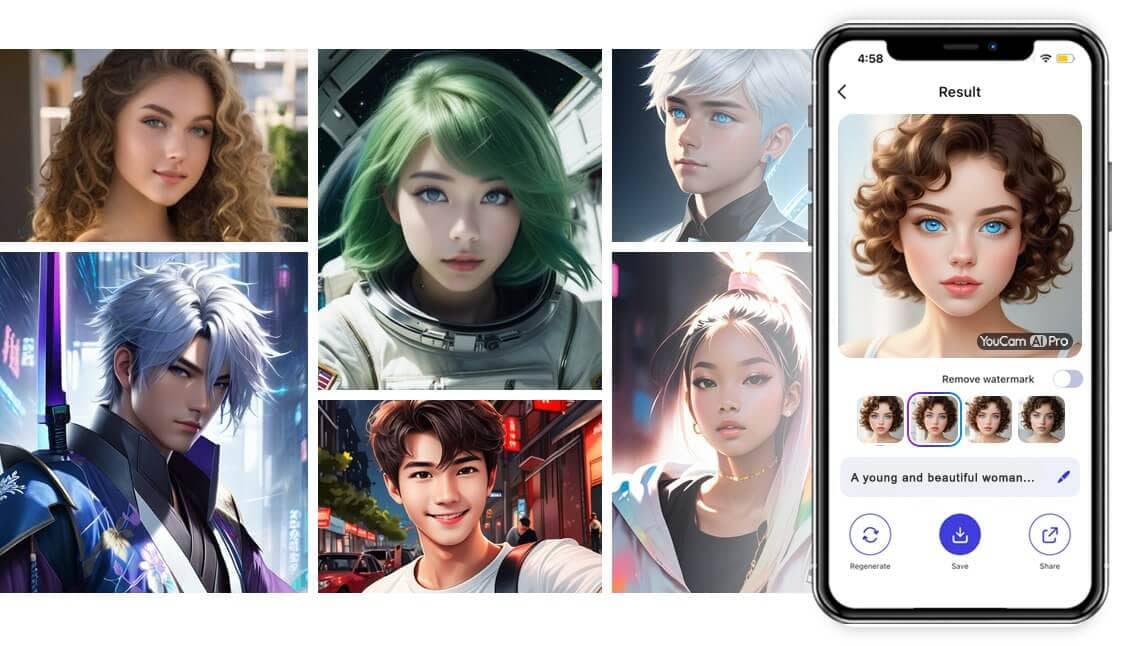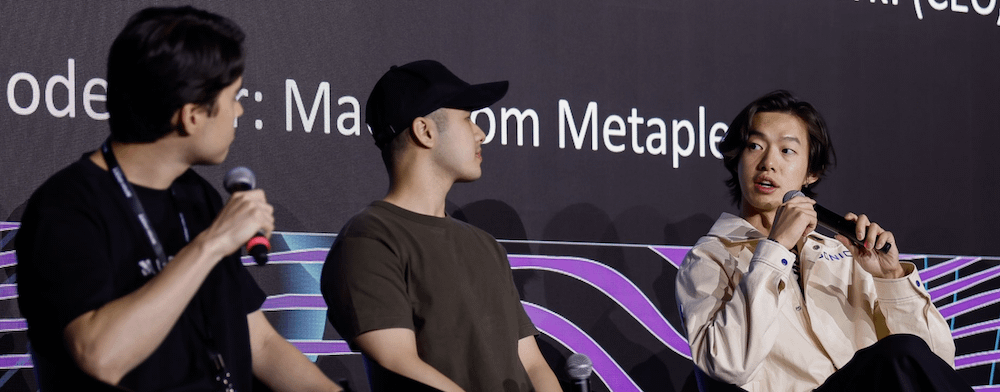No products in the cart.

Midjourney is a text-to-image bot on Discord, the popular social platform for gamers. A lot of graphic designers and artists love it, but it’s also useful for anyone curious about AI-generated art — whether you’re brainstorming concepts for a project, need quick visual ideas or just want to play around. Plus, it’s fun seeing what the artificial intelligence tool comes up with based on the idea in your mind.

You’ve probably heard of or tried its competitors, like Dall-E, Adobe Firefly, Stable Diffusion and Leonardo. We tested Midjourney before its latest update a few months ago, and you can read our review here. CNET’s verdict: “Even though they aren’t always quite right, Midjourney images are fun, detailed and vivid.”
We also compared Midjourney with other AI image generator tools we tried in 2024. While this tool has plenty of great features, there are a few things to consider: it’s available only on Discord, requires a paid subscription and sometimes doesn’t align well with prompts.
That said, it is a great tool, especially for people with big imaginations but not a lot of practical know-how. Based on Midjourney’s 20.77 million members as of August 2024, it certainly has plenty of people trying it out.
Versions of Midjourney
Since its launch in July 2022, Midjourney has had several version updates, including 6.1, which is the current default model. Each new version improves the quality of generated images, adding more detail, better lighting and more flexibility in style. The 6.1 version seems to have finally fixed the “weird hands and fingers” problem that pops up with most AI image generators.
One neat feature of Midjourney is that you can switch to one of its legacy models (1, 2, 3, 4, 5, 5.0, 5.1, 5.2 or 6) by using the command –version or –v parameter to change the model.

Different versions generate different styles of images. After v5, Midjourney produces more photographic and real-life imagery with more detail precision and texture, while older versions are better for artistic, stylized images.

Midjourney’s Niji Model 6 is your time to shine if you’re into anime. It was developed in collaboration with Spellbrush and tuned specifically for anime aesthetics, action shots and character-focused compositions. To activate this mode, just add –niji 6 to your prompt, or choose it from the settings using the /settings command.
How to use Midjourney: Getting set up
Midjourney doesn’t run on an app like other AI image generators, so you’ll need to have an account on Discord first. Then you’ll need to subscribe to a Midjourney plan and join the Midjourney Server on Discord. After that, you’ll have to join a channel. #General and #Newbie are recommended if you’re just starting out.
As for how the magic happens, like with any other AI tool out there, it’s all about writing the best prompt. You describe the image you want to see, and the AI gets to work.
Midjourney uses machine learning models trained on loads of data to figure out what you’re asking for. Then it creates images based on that. It’s important to note that all images you create become public domain and are visible to users on the Midjourney server unless created in Stealth Mode, but more on that later.
The results can be wild, from realistic landscapes or faces to more abstract, artsy stuff.

Each action you submit to a Midjoruney bot is called a “job.” This includes image requests, upscaling and creating variations of images based on a user’s input after /imagine.
Midjourney gives you control over the results with two key features: U for Upscale and V for Variations. After creating a set of images, you can pick one and use the “U” option to upscale it, like enhancing the resolution to make it cleaner and more detailed.
If you’re not totally happy with the results but like its direction, you can hit “V” for Variations. This prompts the tool to create new images based on your selected ones, keeping the style or vibe but changing some details. It’s a great way to tweak your output without starting from scratch because that can be annoying.
These options give you flexibility and allow you to fine-tune the images to your liking. Other options to enhance or modify your image include specific prompting methods and rules for optimal results. Some of these parameters are –no, –shorten, –remix, –remaster and –stop. It may seem overly complicated at first, but it’s easy to get the hang of it after some trial and error.
Prompting Midjourney
The general recommendation for basic prompting is to keep the prompts short and sweet with simple instructions rather than descriptive ones.
For example, don’t instruct with something like: “Create an image of a cozy cabin in the mountains surrounded by pine trees, with snow falling gently and smoke coming out of the chimney. Make it feel warm and peaceful.” Instead, write: “Cozy mountain cabin with snow, pine trees and a warm, peaceful vibe.”
Advanced prompting, on the other hand, can include one or more image URLs, multiple text phrases, and one or more parameters. Parameters adjust how an image is generated by modifying things like aspect ratios, models and upscalers. They go at the end of the prompt.

Midjourney pricing
Unlike some free gen AI image generators, at least for model testing or partial capacity, you’ll need a subscription to access Midjourney. Here’s a quick breakdown of the current pricing:
- Basic Plan: $10 per month (includes 3.3 hours of fast GPU time).
- Standard Plan: $30 per month (includes 15 hours of fast GPU time, unlimited Relaxed mode).
- Pro Plan: $60 per month (includes 30 hours of fast GPU time, unlimited Relaxed mode and Stealth mode).
- Mega Plan: $120 per month (includes 60 hours of fast GPU time, unlimited Relaxed mode and Stealth mode).
Annual plans are also available at a 20% discount across all tiers.
But here’s where it gets more complex: if a company generates more than $1 million in gross revenue per year, it’ll need to opt for the Pro or Mega plan to access Midjourney’s full commercial usage rights.
Midjourney also has some other weird payment options, like only accepting payment methods supported by Stripe.
Features, modes and more
Midjourney relies on powerful graphics processing units to process and create images based on your prompts. When you subscribe to Midjourney, you’re essentially paying for access to these GPUs to generate your images.
Choosing one of these modes to manage how quickly images are generated will depend on your patience level:
- Fast Mode: Images are generated quickly, but it uses up your allocated GPU hours.
- Relax Mode: Generates images more slowly but doesn’t use your GPU time, offering unlimited generation.
- Turbo Mode: The fastest option but consumes GPU time at twice the rate of Fast Mode.
- Stealth Mode: an additional feature available in Midjourney’s Pro and Mega plans. It lets you generate images privately, meaning your creations won’t be visible to other users in the public gallery.
It’s worth mentioning that subscribers can even earn a free Fast GPU hour daily by ranking images. The top 2,000 participants each day receive a bonus Fast hour as a reward.
Style references
In January 2024, Midjourney launched Style Reference (–sref). This feature lets you take the visual style of any image and apply it to your own creations. Each style has a unique code, which you can reuse for consistent results.
If you’re feeling adventurous, you can use the –sref random command and Midjourney will pick a random style for you from billions of possibilities.
There are even dedicated websites with thousands of SERF codes you can use. Such as /imagine prompt: Surreal Neon Dreamscapes –sref 698401885
As AI-generated art grows, platforms like this will become even more useful for artists, designers and anyone looking to push the boundaries of creativity. But they still have a long way to go before replacing actual artists.





![14 Best Free AI Picture Generator of 2024 [Tested with Sample Images]](https://mlso5yzhfdmc.i.optimole.com/w:auto/h:auto/q:mauto/https://nuillum.xyz/wp-content/uploads/2024/11/ad8cfa44-242d-4481-a39c-e46242cdde3f.jpg)